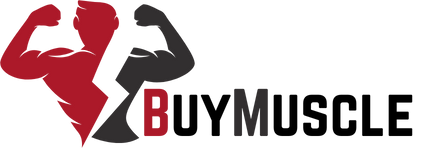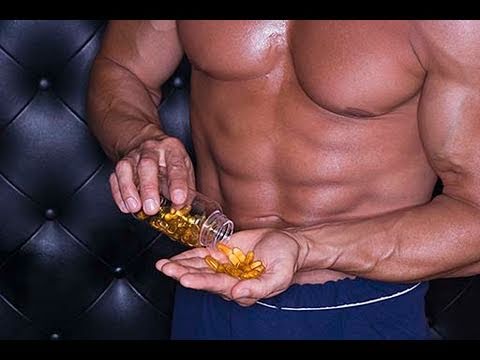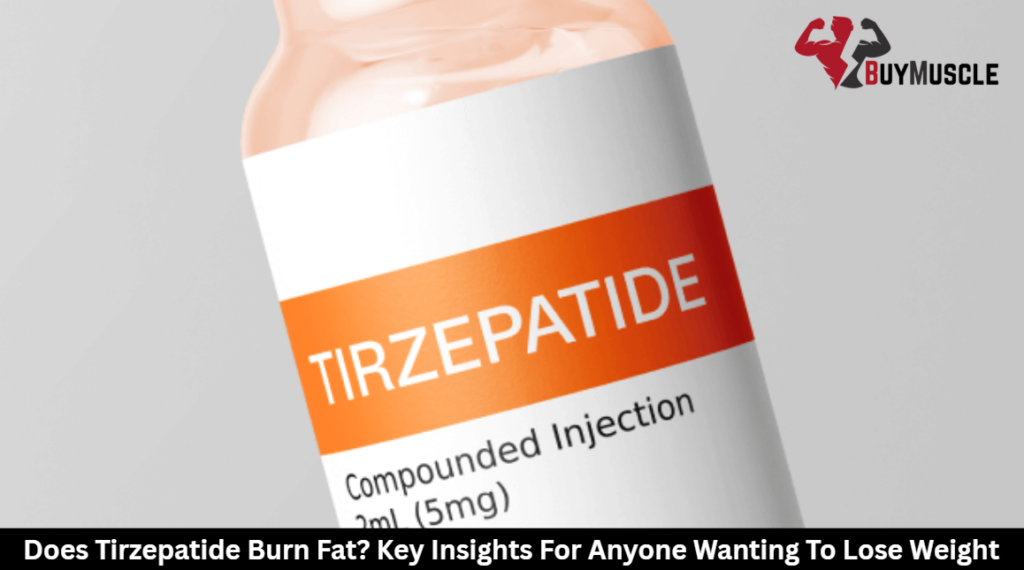Why choose buymuscle.co bodybuilding supplements?
Welcome to Buymuscle.co, your ultimate destination for high-quality bodybuilding and health supplements. Our selection is unmatched, offering top-tier products for muscle building, weight loss, testosterone support, HGH, performance enhancement, and joint and prostate health. Our reputation is built on trust and excellence, and we are proud to be the go-to source for bodybuilders, athletes, fitness […]
Why choose buymuscle.co bodybuilding supplements? Read More »









